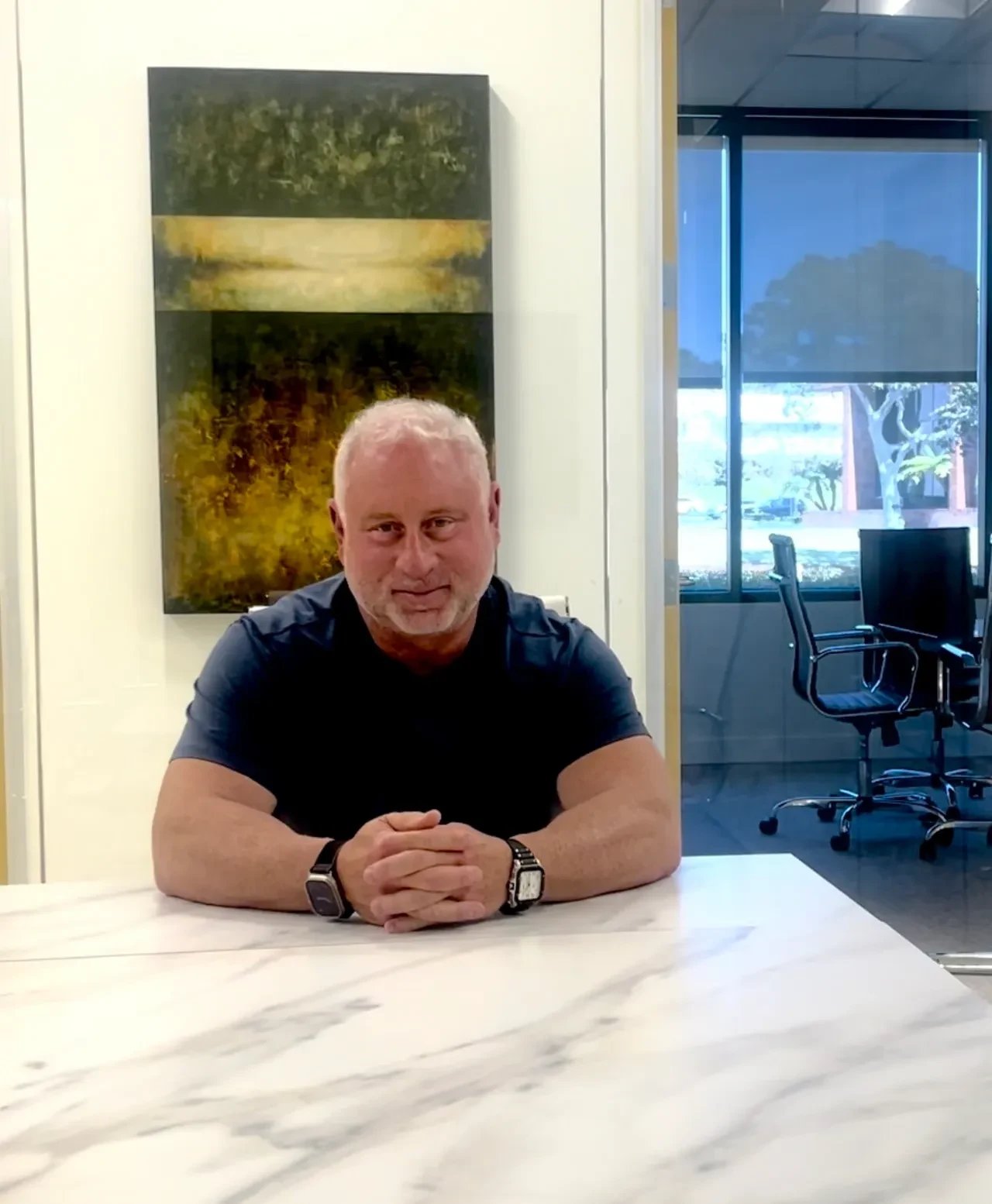Netflix announced this week that it lost nearly a million subscribers in the last quarter – and here, I break down why I think that’s good news for the company, customers, and investors. In my opinion, it comes down to the intelligence and decisiveness of its leader, Reed Hastings, who I consider a master at reading the tape. I have followed Netflix since the beginning and am compelled to break down the story in my blog this week. Netflix represents in a significant way how I believe one should operate their business and their personal life.
Understand Your Customers
As the story goes, Hastings got the idea for Netflix back when he was bummed about a $40 late fee that he was charged for a video he’d forgotten to return. While the underlying intention that video-rental stores had was fair – the idea that by charging a late fee, customers would be more likely to return videos on time and, thus, the videos would be available for others – the execution was dismal.
Mulling it over on his way to work out, Hastings realized that his gym operated on a simpler and more transparent model: You pay one monthly fee to belong and then you use it as much or as little as you want, with no penalties, no surprises.
With that in mind and partnership with friend and tech colleague (and also-brilliant) Marc Randolph, they co-founded a subscription-based movie-rental business called Netflix – and did so in a way that first showcased the company’s dominance in leveraging new tech – in this case, offering DVDs instead of bulky and frequently broken or otherwise problematic videotapes.
The Key Lesson That You Can Apply: Netflix was a hit pretty much straight away because it solved a problem for millions of people that wasn’t necessarily cost-prohibitive as much as it was immensely annoying (video-rental late fees). That Netflix made it easy, inexpensive and predictable to budget for our monthly movie fixes was its first brilliant move; that it delivered DVDs right to our homes was it's second.
Pivot to Stay Relevant, Profitable, and Ahead of Competitors
Netflix originally sold and rented DVDs; when it became clear that rentals dominated, Hastings and Randolph quickly (within a year!) dropped the sales line.
In 2007, Netflix upended the industry again when it moved to stream media and video-on-demand services, which not only eliminated the need for hard goods and mail services but also enabled unprecedented expansion. What’s more, Hastings and his team ensured that content can be streamed via just about every available type of technology, making it accessible to everyone from gamers to grandmas.
A handful of years later, Netflix moved into production and, again, threw entire industries (television and film) for an Everest-sized loop; today there’s no doubt that Netflix has been a boon for them both by negotiating generous terms for use, pushing creativity and creating revenue streams that have benefitted all.
Netflixed also seems to be making the right values-based decisions, from fostering a corporate culture that treats staff as professionals (and adults) and initiatives like working toward net-zero emissions, to pulling out of projects in Russia following the invasion of Ukraine.
Certainly, a powerhouse like Netflix isn’t without controversies and detractors, but what may be even more amazing is that not only is it one of the largest companies in the world by reach and revenue but, according to the data-intelligence firm Morning Consult,
Netflix also ranks among the Top 10 most-trusted global brands.
During the first year of the pandemic, Netflix was arguably as critical to our emotional survival as Zoom was to our professional lives, and face masks, hand sanitizer, and Amazon were to the rest. Within the last year or so, Netflix launched mobile games that it has developed; announced several new international production partnerships; expanded its children’s-content development;
launched abook club that encourages reading and watching adaptations; and more.
Will all of these survive? It’s highly likely not – and you can rest assured that Netflix won’t hesitate to scrap anything that doesn’t meet its standards for customer engagement and long-term profitability.
The Key Lesson That You Can Apply: Continuing with ideas until their success or failure is backed by relevant data is smart; clinging too long to ways of doing business or keeping product lines that don’t produce desired results isn’t.
Take Bold Action
Today, Netflix’s annual operating revenue is around $30 billion, with about 220 million subscribers around the world, give or take the million the company just lost. Still, one has to wonder if a million fewer subscribers last quarter (and as the second-consecutive quarter of subscriber loss) signals a change in Netflix’s winning ways.
A change is certainly in the works, but here’s why I think it’s another brilliant move: Instead of worrying about the losses, Hastings is leveraging the revenue potential of the troves of customer data that the company amasses from its other 220 million or so customers.
As reported in
Ars Technica and others this week, in addition to aiming to capture some of the revenue losses it experiences from password sharing:“
Netflix co-CEO Reed Hastings said in a call with analysts yesterday that ‘losing 1 million and calling it a success’ is ‘tough,’ but he added that Netflix is ‘set up very well for the next year,’ according to a
Seeking Alpha transcript.
Netflix's latest forecast is that it will add 1 million paid subscribers in Q3, bringing the total up to 221.67 million. Paid subscribers hit a peak of 221.84 million in Q4 2021 after 15 years of consistent growth following the company's transition from DVDs to online streaming. ‘We're in the early stages of working to monetize the 100m+ households that are currently enjoying, but not directly paying for, Netflix. We know this will be a change for our members. As such, we have launched two different approaches in Latin America to learn more. Our goal is to find an easy-to-use paid sharing offering that we believe works for our members and our business that we can roll out in 2023. We're encouraged by our early learnings and ability to convert consumers to paid sharing in Latin America.’
Netflix also provided an update on its plan for an ad-supported tier. ‘We recently
announced Microsoft as our technology and sales partner, and we're targeting to launch this tier around the early part of 2023,’ Netflix said. The company previously
told employees that it is planning to roll out the ad-supported tier by the end of 2022.”
The Key Lesson That You Can Apply: Don’t be afraid to make bold moves – even risking losing customers, revenue, and investors in the short term – if you’ve got the vision, determination, and data that show why your position will win.
Finally, Learn How to Manage and Leverage Expectations: Leading up to this week’s report, analysts expected Netflix to show a net loss of about two million subscribers, which Netflix didn’t refute in the days leading up to it. And when Hastings reported a decline of about
million instead of two, it seemed like good news.
Google News, July 21, 2022, 11:22 am ET.






